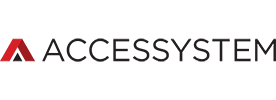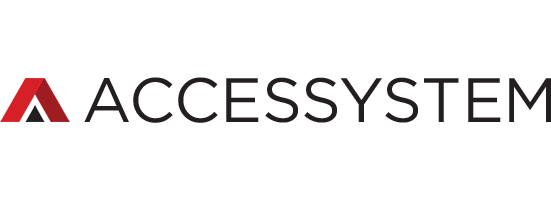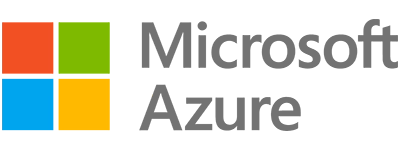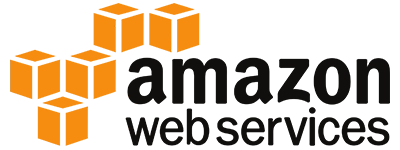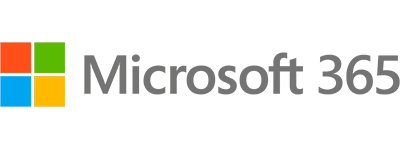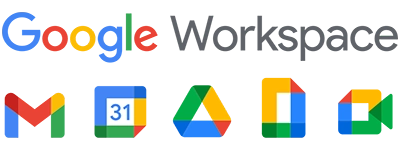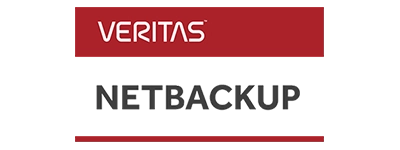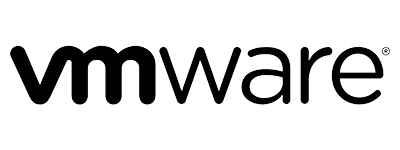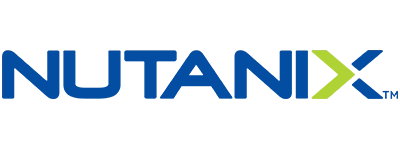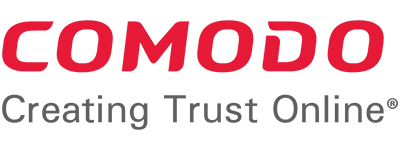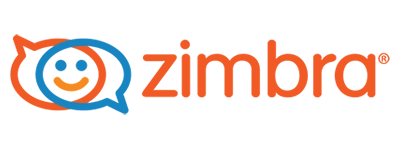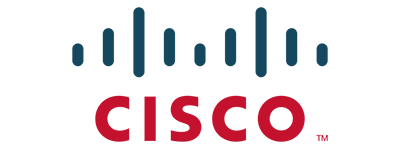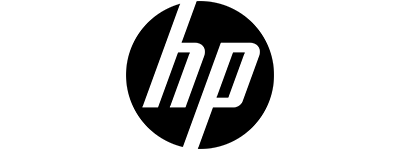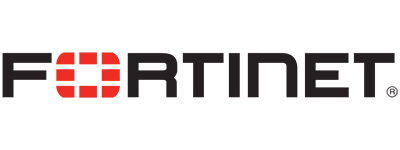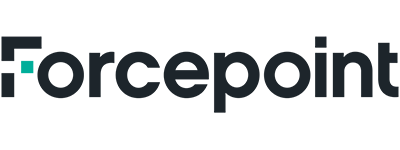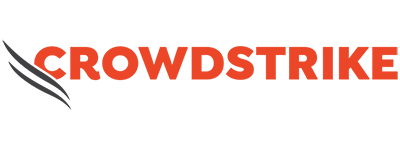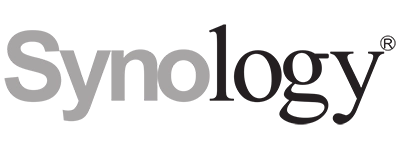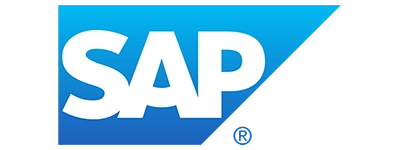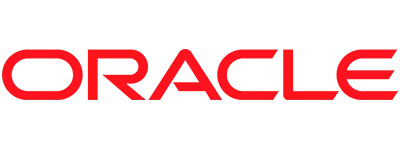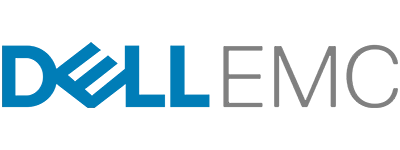Identity and Access Management (IAM) Solution by ACCESSYSTEM® Technologies
Identity and Access Management (IAM) is a critical component of modern security practices, ensuring the right individuals have access to the right resources while preventing unauthorized access. IAM encompasses user authentication, identity verification, access control, and user privileges.

IAM solutions often include features like Single Sign-On (SSO) for simplified access, Multi-factor authentication (MFA) to enhance security, and Role-based access control (RBAC) for granular access management. Identity governance helps organizations maintain a consistent and secure approach to identity management.
Directory services are central to IAM, providing a repository for user information, while Privileged Access Management (PAM) helps secure high-privilege accounts. IAM systems enforce password policies, streamline access requests and approvals, and automate user provisioning and de-provisioning to reduce security risks.
IAM is essential for regulatory compliance and auditing, allowing organizations to demonstrate their security and access control measures. With the right IAM strategies and security policies in place, businesses can safeguard their sensitive data, applications, and resources while efficiently managing user access and maintaining compliance.
Here are some key components and concepts related to Identity and Access Management (IAM)
- Identity:
- Authentication:
- Authorization:
- Access Control:
- Roles and Permissions:
- Single Sign-On (SSO):
- Directory Services:
- Provisioning and De-provisioning:
- Audit and Compliance:
- Password Management:
In the context of IAM, an identity refers to a digital representation of an individual or entity, such as a user, device, application, or service. Each identity is associated with a set of attributes, including a unique identifier, and these attributes determine what that identity is allowed to access.
This is the process of verifying the claimed identity of a user or system. It ensures that the entity trying to access a resource is who they say they are. Common authentication methods include passwords, biometrics, smart cards, and multi-factor authentication (MFA).
Once an identity has been authenticated, authorization determines what actions that identity is permitted to perform and what resources they can access. Authorization is based on the permissions and privileges associated with the identity.
Access control is the enforcement of policies and rules that dictate who can access specific resources or perform certain actions. It can be role-based, attribute-based, or policy-based.
IAM often uses the concept of roles and permissions to simplify access control. Roles define a set of permissions, and identities are assigned to roles rather than specifying individual permissions for each identity.
Single Sign-On (SSO): SSO is a feature of IAM that allows users to log in once and gain access to multiple systems or applications without needing to enter their credentials repeatedly. It enhances user convenience and security.
IAM often relies on directory services like Microsoft Active Directory or LDAP (Lightweight Directory Access Protocol) to store and manage user identities, attributes, and access policies.
IAM systems automate the process of granting and revoking access to resources when a user's status changes, such as when they are hired, transferred, or leave the organization.
IAM solutions often include logging and monitoring capabilities to track access and actions for auditing purposes. This is crucial for compliance with regulations and security best practices.
IAM systems may include features for password management, like password policies, password resets, and self-service password recovery.
IAM is a critical component of cybersecurity and data protection. It helps organizations manage the complex and dynamic nature of user access and ensures that only authorized individuals and systems can interact with sensitive data and resources. Additionally, it plays a crucial role in meeting compliance requirements and maintaining the overall security posture of an organization.
Firewalls ( Next Generation Firewall ):
Firewalls are a critical component of any cybersecurity solution. They act as a barrier between your internal network and the internet, preventing unauthorized access to your systems and data.
Below are the some product that are offered by ACCESSYSTEM® Technologies.
Business Email Solution
No Hidden Charges.
Choose Your Best Plan.
All plans include guaranteed uptime and delivery and security features. Integrate your business email and website with us to impress your customers.
Business Pro
Most Popular- Limited Support
- 10 GB / account
- Capped Read receipts
- Data Encryption
- Multi account support
Business Premium
- 24*7 Support
- 50 GB / account
- Unlimited Read receipts
- Email Templates
- Includes all Business Pro features
